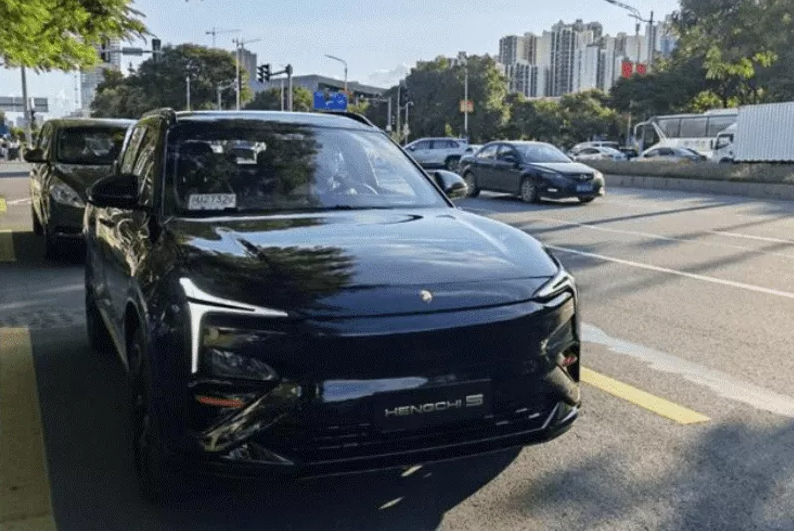Author: Dagansanyue
After three months of hard work, Hengchi’s first car has been produced in Tianjin factory.
This was announced by Evergrande Auto at the strategic partner conference held at its Tianjin production base on October 11. They announced to the public that their first model, Hengchi 5, will roll off the production line at the Tianjin factory early next year. Liu Yongzhuo, the CEO of Evergrande Auto, stated that the company has gathered core R&D teams and technological elites from Shanghai, Guangzhou, Shenzhen and other cities to support the development. The Tianjin base has been transformed into a leading domestic industry 4.0 high-end intelligent factory.
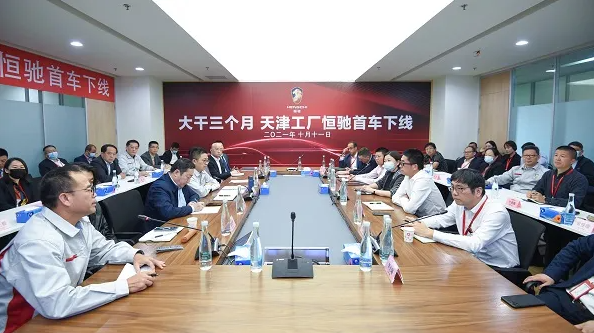
This good news directly led to a rise in Evergrande Auto’s stock price, with an opening price of HKD 3.99 today, reaching a new high in nearly a month.
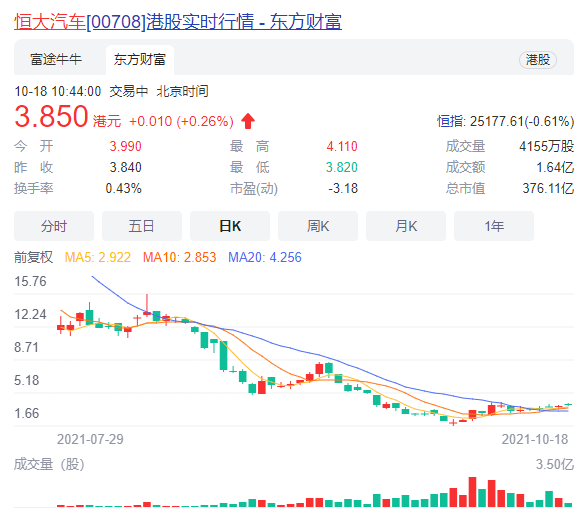
On the following two days after the strategic partner conference, i.e. October 13, both Evergrande New Energy Auto Investment Holding Group Co., Ltd. and Evergrande Hengchi New Energy Auto Research Institute (Shanghai) Co., Ltd., under the Evergrande Group, had changes in their business registration. The registered capital of the former increased from approximately USD 2.015 billion to USD 2.515 billion, a growth of about 24.81%, while the latter increased from RMB 100 million to RMB 1 billion, a growth of 900%.
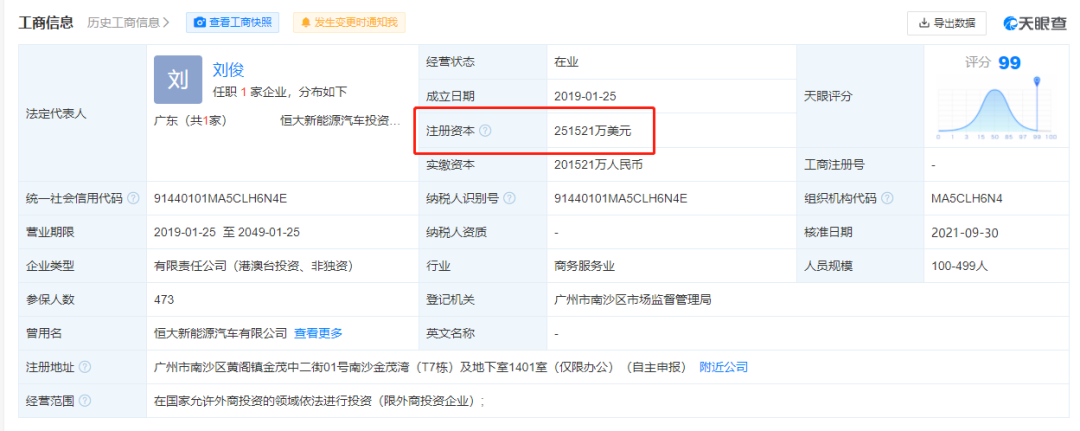
Although Evergrande Group has not publicly commented on this move, in the game of capital, it generally means showing sincerity to the outside world. This means that this time in Tianjin, after three months of hard work, may be Evergrande Auto’s or even Evergrande Group’s last-ditch effort.
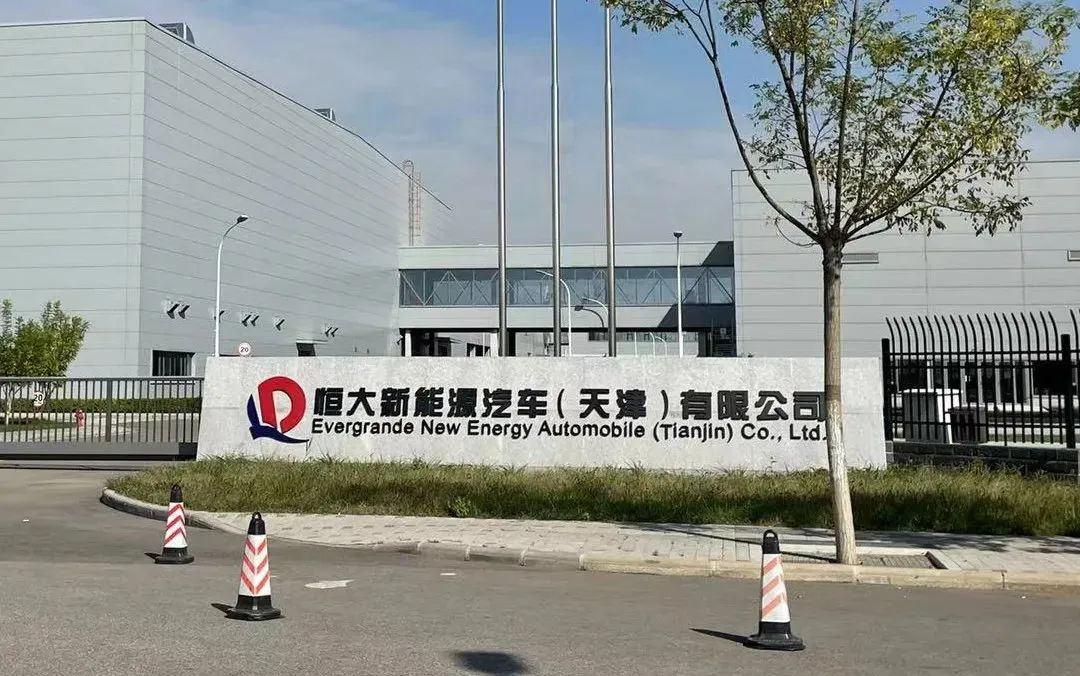
It is worth noting that, according to Evergrande Group’s 2021 interim report, its asset size is RMB 23.8 trillion, total liabilities are RMB 19.7 trillion, of which debt payable within one year is RMB 1.57 trillion. Furthermore, Evergrande has more than 800 unfinished projects in China, which can be said to be at the end of the road.
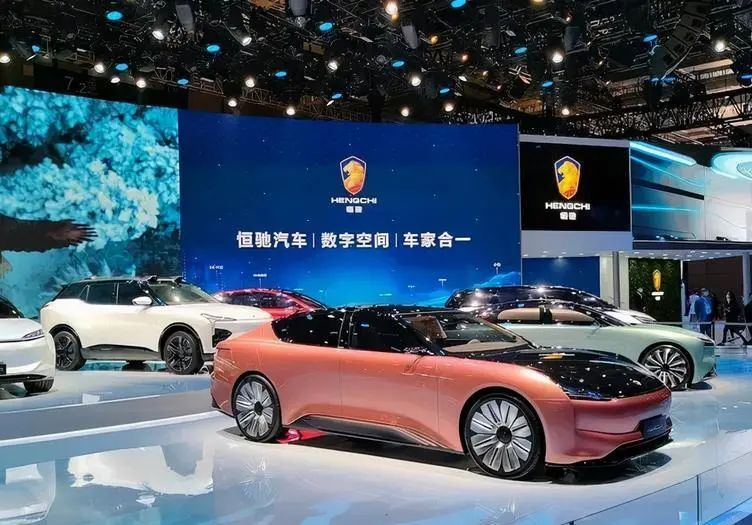
If Evergrande used to make cars just to get a piece of the pie, now making cars seems more like a life-saving straw to help the Group rebuild itself.
Can this car still be produced?In September this year, netizens exposed spy photos of the Hengchi 5 on road tests. Unlike the disguised cars of other automakers, the test car of the Hengchi 5 didn’t have any cover-up, and instead boldly displayed the license plate reading “HENGCHI 5,” because if it wasn’t hanging there, nobody would know what type of car it was.
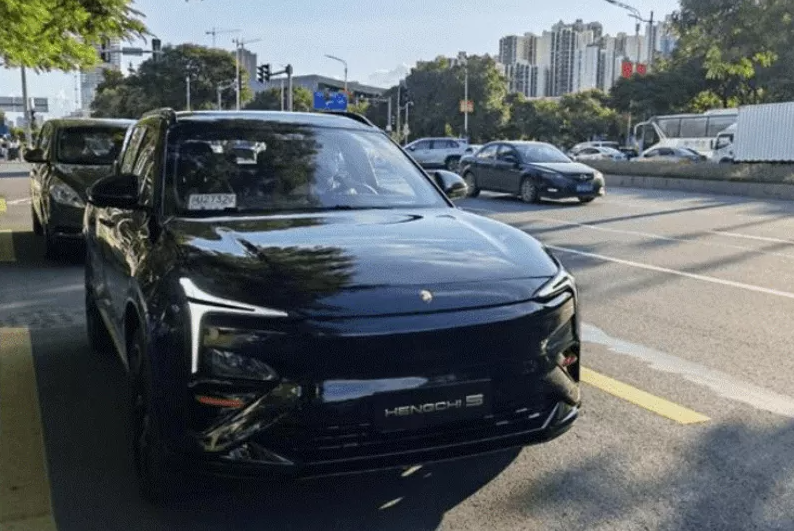
It makes sense for Evergrande Auto to designate the Hengchi 5 as its first model offline. According to its product plan, the Hengchi 5 is positioned as an A-level SUV with a price tag of under RMB 2 million, and competing with entry-level models of luxury car brands such as the BMW X1, Audi Q3, and Mercedes-Benz GLA. This size and price are fairly conventional in the new energy vehicle category with the potential to have a broad impact, and one could say that it is the car model with the greatest chance of success.
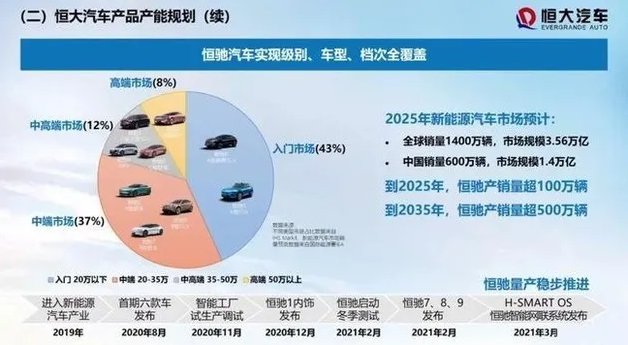
However, this analysis is only based on commercial logic. If Evergrande is still the soaring giant that has massive capital backing it, Evergrande Auto could still attract a group of users who are willing to try it out. However, it is hard to expect the market to have much confidence in the Hengchi 5 given the struggles of Evergrande Group.
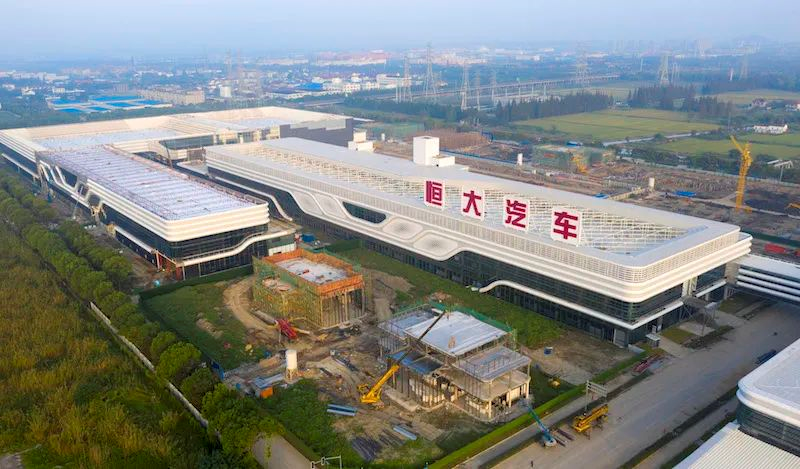
Perhaps Evergrande Auto itself does not have much confidence, otherwise it would not have repeatedly waffled about the location of its production facility. In August of this year, the Hengchi Auto claimed that its production bases in Shanghai and Guangzhou entered the stage of equipment installation and commissioning, and CEO Xu Jiayin personally visited both cities. But after two months, it announced that it will also produce cars in Tianjin, which is truly puzzling. At present, it seems that the earlier announcement was more akin to a temporary measure, and the decision to produce in Tianjin is out of desperation.
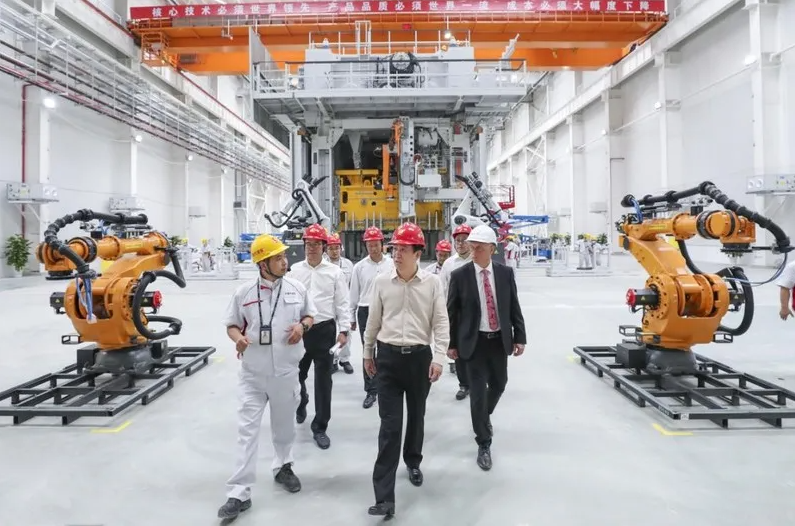
Perhaps the initial plan of Evergrande was to use car production as a means of selling houses, but now that this route has become impassable, it has no choice but to produce cars. Based on incomplete statistics, Evergrande Auto has more than 30 subsidiaries that can develop real estate. In 2019 alone, these subsidiaries reportedly acquired approximately 7 million square meters of land. Some of this land can be used to build new residential complexes, while another portion can be used for integrated commercial real estate or educational institutions.
Last year on National Day, there were even rumors that thousands of Evergrande Auto employees needed to take on part-time jobs selling houses. Employees who failed to meet their quotas were fined and subject to internal disciplinary action.
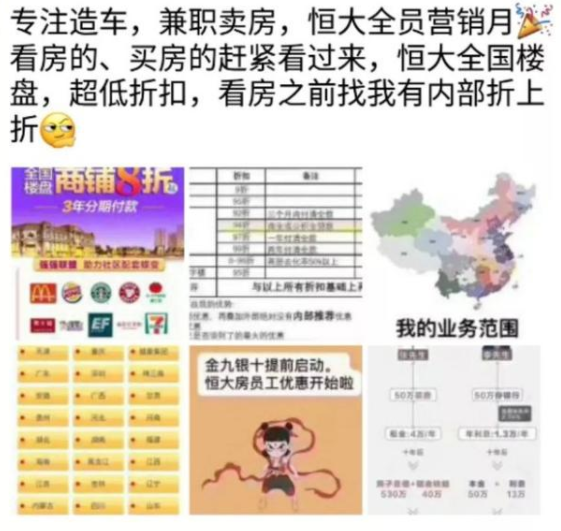 ## The Dual Nature of Water
## The Dual Nature of Water
Despite all the acquisitions and collaborations that Evergrande Auto has been undertaking in 2019, they have not been able to secure the technology they need to build their cars. However, in theory, they should have already gained the ability to do so. Let’s wait until next year to see how this 3+ year-long ever-evolving drama concludes.
Water Can Carry A Boat, And It Can Overturn It Too
Since its establishment in 1996, Evergrande Group has largely relied on its core strategy of high debt, high leverage, high turnover, and low cost to grow and expand. This strategy is quite simple: by borrowing large sums of money and investing in land, which is then converted into real estate, the company can make large profits in a quick turnover. However, with the introduction of various real estate policies by the government since 2020, Evergrande’s financial chain has been broken, and this strategy is no longer effective.
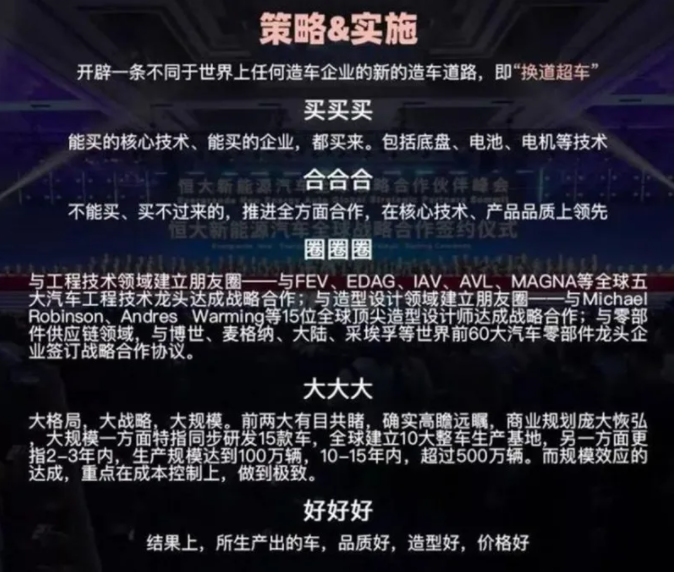
From a fundamental perspective, the business models of the real estate industry and the auto industry are completely different. While the former can generate enormous short-term profits through large-scale investments, the latter requires long-term technological and reputational accumulation to establish a firm foothold.
When entering the auto industry, Xu Jiayin proposed three major goals: for Evergrande Auto to become the world’s largest and most formidable new energy vehicle group; to achieve an annual production and sales of over one million vehicles by 2025; and to achieve an annual production and sales of over five million vehicles by 2035. However, it seems that Xu underestimated the significant differences between these industries.
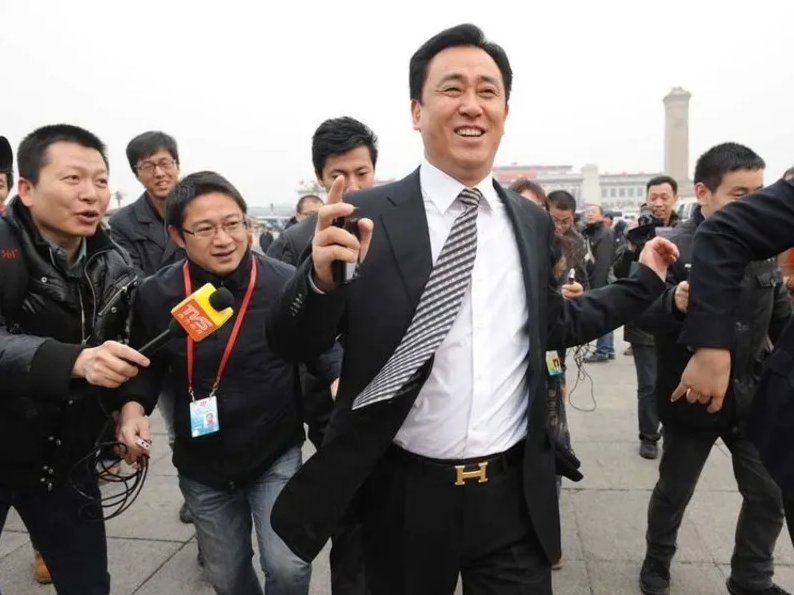
Now that Evergrande has invested an enormous amount of resources in car-making, too many suppliers and employees have become involved, making it impossible to simply stop now. Perhaps the day when mass production and delivery will be achieved will be the time when Evergrande shines.
This article is a translation by ChatGPT of a Chinese report from 42HOW. If you have any questions about it, please email bd@42how.com.
